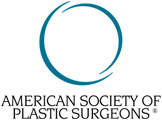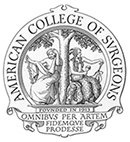Oklahoma City – Facial Plastic Surgery Dr Jeanette Padgett
Facial plastic surgery can refine your natural attributes, remove wrinkles and frown lines, and give you a more youthful appearance. If you have excess skin on your neck, then you may opt for a neck lift combined with a facelift for an overall improvement to your facial profile. Performed in Oklahoma City by board certified plastic surgeon Jeanette Padgett, facelift plastic surgery an help you reach your goal to look years younger, more alert, and healthier.
Please choose from the links below to learn more about the facial rejuvenation and contouring procedures from Oklahoma City plastic surgeon Dr. Jeanette Padgett, MD FACS.




